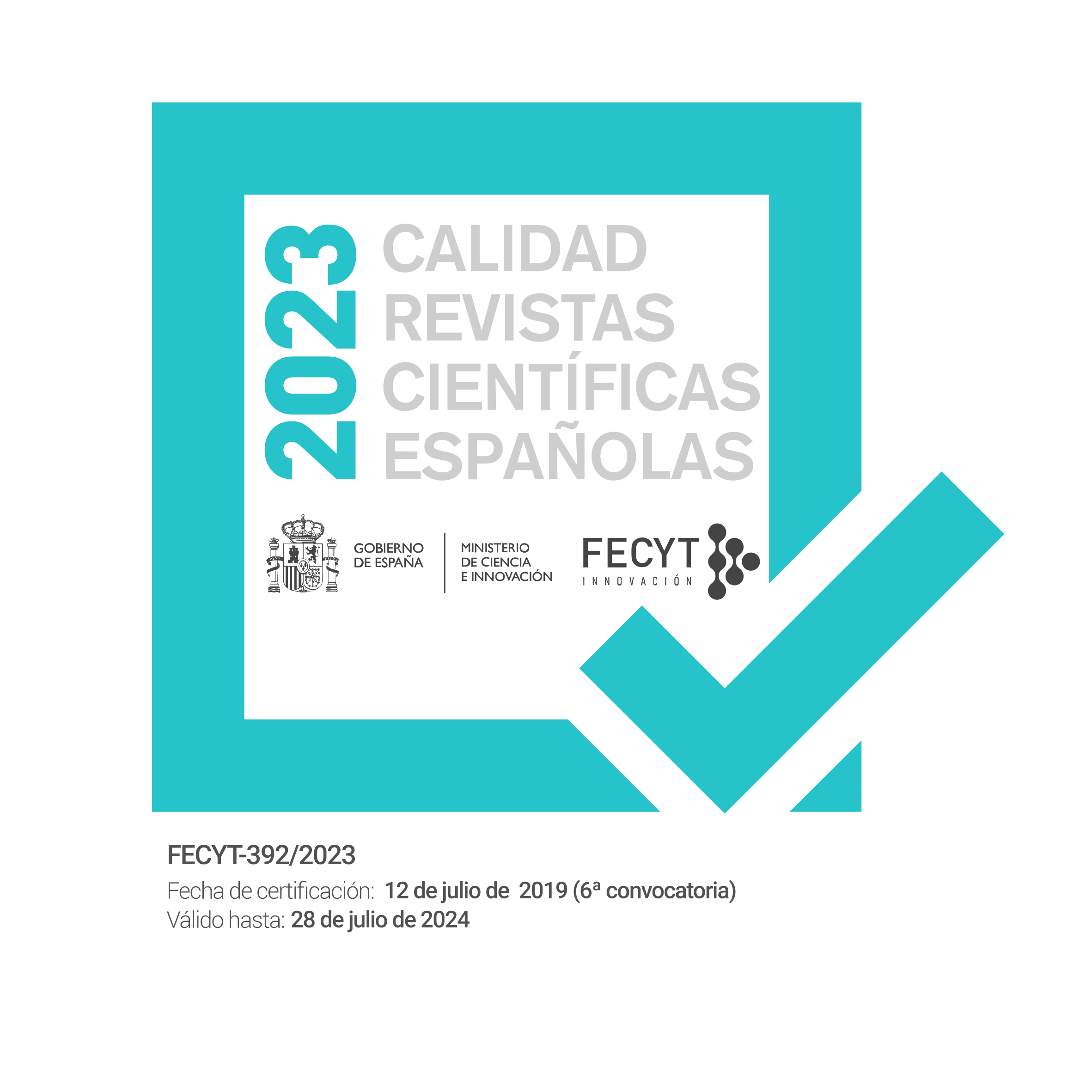Competición Versus Tradición en el Judo Kodokan
DOI:
https://doi.org/10.18002/rama.v3i2.359Palabras clave:
Artes marciales, deportes de combate, judoResumen
La asociación de judo con el Comité Olímpico Internacional y sus patrocinadores corporativos está erosionando la práctica, grandes principios y metas ideadas para el Judo Kodokan por su fundador, Jigoro Kano. Con la pretensión de hacerlo accesible a una audiencia televisiva neófita, el judo ha tenido que transformarse en un artículo más comercial. Estos cambios, entre otros, han devaluado el judo recreativo según la opinión de algunos. Este artículo presenta una breve historia evolucionista de judo sobre cómo ha evolucionado para converger con las necesidades del IOC.
Descargas
Métricas alternativas
Citas
Brousse, M. & Matsumoto, D. (1999). Judo: A sport and a way of life. Seoul: International Judo Federation.
Daigo, T. (2005). Kodokan Judo throwing techniques. Tokyo: Kodansha International.
DeMente, B. (2003). Kata: The key to understanding and dealing with the Japanese! Boston: Tuttle.
DeMente, B. (2004). The Japanese samurai code: Classic strategies for success. Boston: Tuttle.
Donohue, J. (1998). Herding the ox: The martial arts as moral metaphor. Wethersfield, CT: Turtle Press.
Donohue, J. (2005). Modern educational theories and traditional Japanese martial arts training methods. Journal of Asian Martial Arts, 14(2): 8-29.
Draeger, D. (1974). Modern bujutsu and budo. The martial arts and ways of Japan: Volume 3. New York: Weatherhill.
Holme, P. (1996). Get to grips with judo. Dorset, England: Blandford.
International Judo Federation (2006, 21 de abril). International Judo Federation Mission Statement http://www.ijf.org/rule/rule_role_mission.php#4
International Judo Federation (2006, 4 de mayo). The color of judogis: Wear blue if you have the choice. http://www.ijf.org/board/board_view.php?Page=1&SearchSelc=&SearchText= &Idx =293
International Olympic Committee (2005, 28 de diciembre). The International Olympic Charter. http://www.olympic.org/uk/organisation/missions/charter_uk.asp
Jones, L. (2005). Competition, kata and the art of judo. Journal of Asian Martial Arts, 8(3): 72-85.
Kano, J. (2005). Mind over muscle: Writings from the founder of judo. Tokyo: Kodansha.
Kano, J., et. al. (1986). Kodokan Judo. Tokyo: Kodansha.
Kiyota, M. (2002). The Shambhala guide to kendo. Boston: Shambhala.
Nurse, P. (2004, 12 de noviembre). The beginnings of Kodokan Judo, 1882-1938. http:www.fightingarts.com/reading/article.php?id=53
Otaki, T. & Draeger, D. (1994). Judo formal techniques: A complete guide to KodokanRandori no Kata. Boston: Tuttle.
Rhee, J. (1998). The mystic origins of the martial arts. A&E Home Video. A&E Television Networks.
Sadej, A. (1999). Should we promote judo as a martial art? Commentary in: Yudansha Journal: Official Publication of Judo Canada, 5(1): 2-3.
Saul, J. (1992). Voltaire’s bastards: The dictatorship of reason in the west. New York: Penguin Books.
Schell, C. (1999). Commentary in: Yudansha Journal: Official Publication of Judo Canada, 5(2):2-3.
Sidney, J. (Ed.) (2003). The warrior’s path: Wisdom from contemporary martial arts masters. Boston: Shambhala.
Stevens, J. (1995). Three budo masters. Tokyo: Kodansha. Takahashi, M. & Family. (2005). Mastering judo. Champaign, IL: Human Kinetics.
Descargas
Publicado
Cómo citar
Número
Sección
Licencia
Derechos de autor 2012 S. Biron Ebell

Esta obra está bajo una licencia internacional Creative Commons Atribución-NoComercial-CompartirIgual 4.0.
Los autores que publican en esta revista están de acuerdo con los siguientes términos:
- Los autores ceden de forma no exclusiva los derechos de explotación (reproducción, distribución, comunicación pública, transformación) a la Universidad de León, por lo que pueden establecer, por separado, acuerdos adicionales para la distribución no exclusiva de la versión de la obra publicada en la revista (por ejemplo, alojarlo en un repositorio institucional o publicarlo en un libro), con un reconocimiento de su publicación inicial en esta revista.
- Este trabajo se encuentra bajo la Creative Commons Attribution-NonCommercial-ShareAlike 4.0 International License. Puede consultarse desde aquí la versión informativa y el texto legal de la licencia.
- Se permite y se anima a los autores a difundir electrónicamente las versiones pre-print (versión antes de ser evaluada) y/o post-print (versión evaluada y aceptada para su publicación) de sus obras antes de su publicación, ya que favorece su circulación y difusión más temprana y con ello un posible aumento en su citación y alcance entre la comunidad académica.











